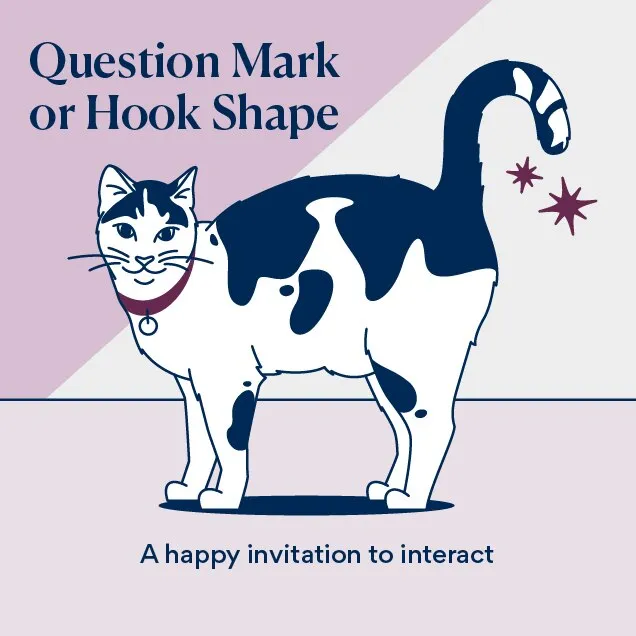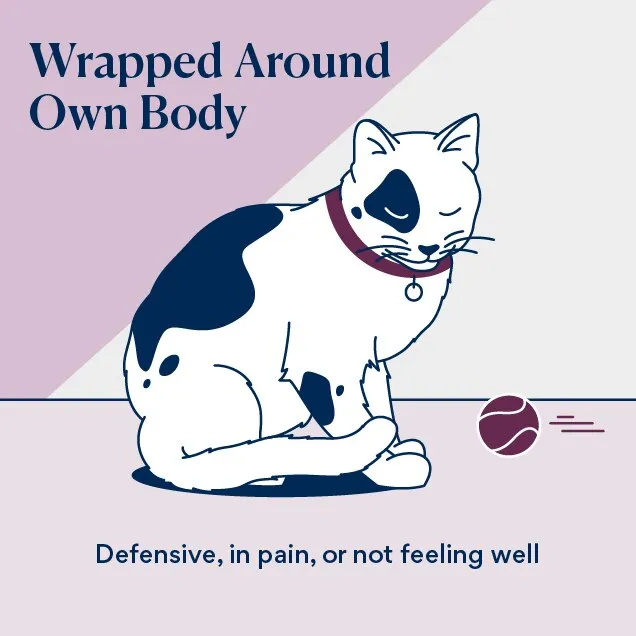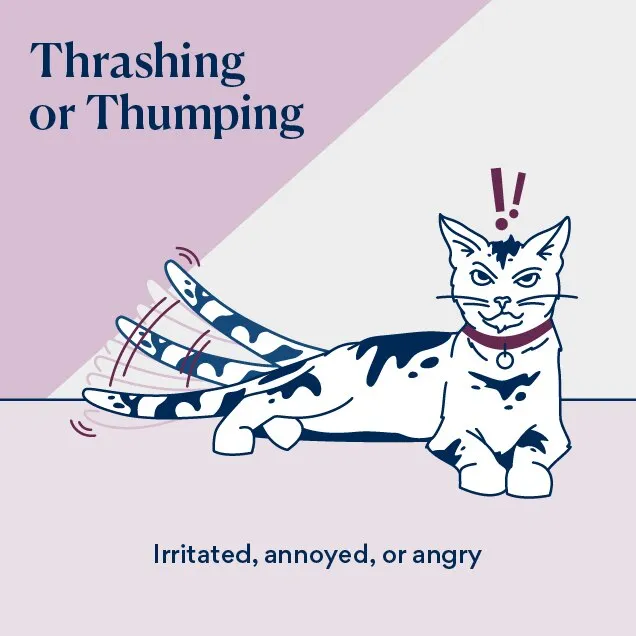A common saying suggests that eyes are the windows to the soul, but for cats, their tail position offers the clearest glimpse into their emotions. Cat tail language is a vital part of feline communication, alongside ear positions, eye contact, and overall body posture. Mastering cat tail language can deepen your bond with your pet, helping you respond to their needs more effectively.
To fully grasp your cat’s feelings, explore broader cat mannerisms explained. This knowledge empowers cat owners to create a harmonious home environment.
Why Decoding Cat Tail Language Matters
Interpreting cat tail language allows you to gauge your feline’s mood during interactions, identifying what brings joy or triggers stress. It also aids in spotting subtle signs of discomfort, pain, or illness early on. By tuning into these signals, you foster trust and prevent misunderstandings that could lead to scratches or hisses.
Veterinarians emphasize that observant owners often detect health issues sooner through behavioral cues like tail changes. For instance, a normally confident cat tucking its tail might signal anxiety or an underlying medical condition.
Cat Tail Held Straight Up
When your cat’s tail points straight up like a flagpole, it’s a sign of confidence, sociability, and friendliness. This upright position mimics how kittens greet their mothers and how adult cats welcome familiar companions.
Research from a 1997 University of Southampton study showed cats approaching raised-tail silhouettes more readily than lowered ones, confirming this as a positive social cue. If your cat greets you this way, it’s prime time for gentle pets or interactive play sessions to reinforce the connection.
Cat Tail in Question Mark Shape
A tail that’s mostly upright but curls at the tip like a question mark signals happiness and an invitation to engage. This playful hook indicates your cat is in a good mood and open to affection.
 Illustration of a cat with tail in question mark shape
Illustration of a cat with tail in question mark shape
Resist the urge to grab the curly end—most cats prefer scratches on their cheeks, chin, or near the ears, where scent glands are located. Responding appropriately strengthens your relationship.
Cat Tail Low or Tucked
A tail held low, below back level, or tucked between the legs screams fear, anxiety, or pain. This protective posture makes your cat appear smaller to avoid threats.
Common triggers include loud noises, unfamiliar visitors, or health woes. Give space immediately and remove stressors to help your cat relax.
Puffed-Up Cat Tail
The classic arched-back, puffed-tail pose—hair standing on end (piloerection)—means your cat feels threatened and wants to seem larger. It’s a clear “back off” signal.
Strangers, other pets, or sudden sounds often provoke this. Avoid approaching; instead, eliminate the source of fear to de-escalate.
Tail Wrapped Around Body
Sitting or lying with the tail tightly wrapped around the body suggests defensiveness, fear, pain, or illness. It’s a self-soothing barrier.
 Illustration of cat tail language with tail wrapped around body
Illustration of cat tail language with tail wrapped around body
If persistent beyond a couple of days, consult a vet to rule out issues like arthritis or gastrointestinal problems. Monitor closely for other symptoms.
For more insights into feline behavior, check out our guide on cat actions.
Decoding Cat Tail Wagging
Unlike dogs, where wagging universally means joy, cat tail wags vary widely. Context is key to avoid misreading irritation as playfulness.
Thrashing or Thumping Tail
Rapid side-to-side thrashing or ground-thumping indicates irritation or anger—back away to prevent escalation to swats or bites.
 Illustration of a cat thrashing its tail
Illustration of a cat thrashing its tail
Over-pet or unwanted attention often triggers this; respect the boundary.
Twitching Tail Tip
A slight twitch at the tail’s end occurs during focused play, hunting, or mild frustration. Pair with ear or eye cues for clarity.
 Illustration of cat tail language with twitching tail
Illustration of cat tail language with twitching tail
Slow Swishing Tail
Gentle side-to-side swishes show intense focus, like stalking a toy or bird outside—let predatory instincts play out for mental stimulation.
Quivering Tail
A straight-up quivering tail means excitement upon seeing you or another cat, though spraying can mimic it against surfaces.
 Illustration of a cat with quivering tail
Illustration of a cat with quivering tail
Why Cats Wrap Tails Around You
Curling a tail around your leg is an affectionate greeting, akin to a handshake—showing trust and desire for interaction.
This affiliative move intertwines bonds, much like cats do with each other.
Mastering cat tail language transforms how you connect with your feline friend. Combine it with other body signals for the full picture, and always prioritize a stress-free environment. If changes persist, seek veterinary advice promptly.
Consult professionals like board-certified veterinary behaviorists for personalized guidance.
References
- University of Southampton (1997). Study on cat approach behavior to tail silhouettes: eprints.soton.ac.uk/463206/
- PetMD articles on cat behavior and health.
